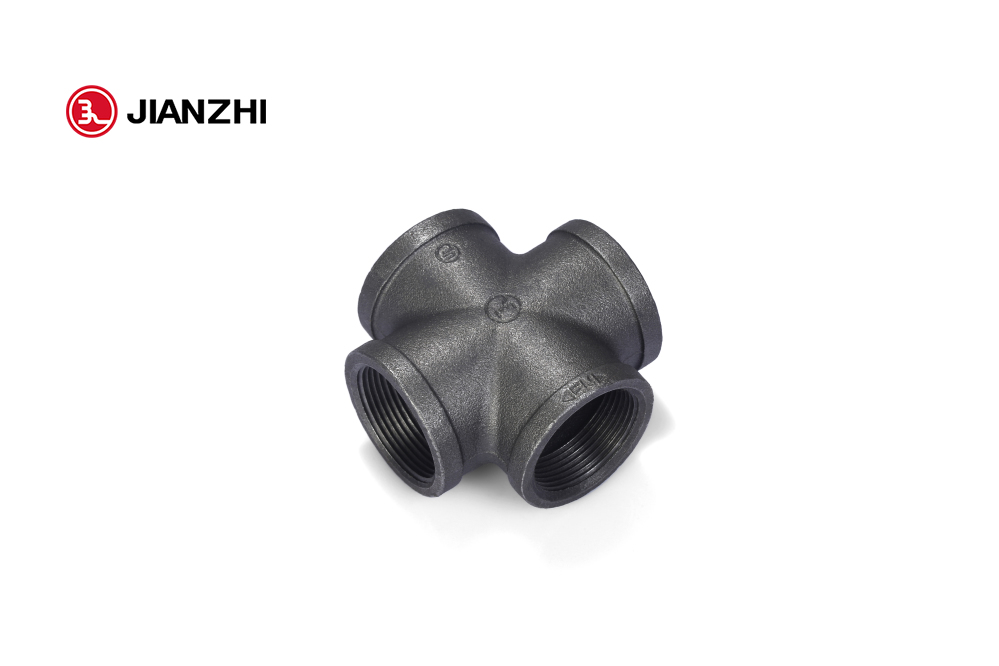There are many different types of 4-way pipe fittings available for PVC pipe networks, so the specific type you choose will depend on the size and configuration of your pipes, as well as the specific application and requirements of your project.
One common type of 4-way PVC pipe fitting is the “four-way tee” or “quad tee.” This fitting has four ports that are all the same size, China 4 way pipe and is typically used to create a 90-degree junction between four pipes. Four-way tees are available in a range of sizes to accommodate different pipe diameters, and are often used in irrigation systems, plumbing applications, and other fluid handling systems.
Another type of 4-way PVC pipe fitting is the “cross” fitting, which has four ports that are perpendicular to each other, forming a cross shape. Cross fittings are often used in more complex plumbing or fluid handling systems where multiple branches or intersections are needed.
When selecting a 4-way PVC pipe fitting, be sure to choose a fitting that is designed to be compatible with PVC pipes and fittings, and that is rated for the specific pressure and temperature requirements of your system. It’s also important to ensure that the fitting is properly installed and secured to prevent leaks or other issues.
How do I determine the pressure and temperature requirements of my system?
Determining the pressure and temperature requirements of your PVC pipe system is an important step in selecting the right pipe and fittings to use.
Here are some steps you can take to determine the pressure and temperature requirements of your system:
Check local plumbing codes and regulations: Local building codes and regulations may specify minimum pressure and temperature requirements for plumbing and piping systems. Be sure to consult these codes and regulations to ensure that your system is designed and installed in compliance with local requirements.
Determine the maximum operating pressure and temperature: The maximum operating pressure and temperature of your system will depend on the specific application and the type of fluid or gas being transported through the pipes. You can consult the manufacturer’s specifications for your pipes, fittings, and other components to determine their maximum operating pressure and temperature ratings. In addition, you may need to consult industry standards or guidelines, such as those provided by the American Society of Mechanical Engineers (ASME) or the National Fire Protection Association (NFPA).
Consider any special requirements: Depending on the specific application of your system, there may be additional pressure or temperature requirements to consider. For example, if your system will be used to transport corrosive or hazardous materials, you may need to use specialized pipes and fittings that can withstand high temperatures and pressures.
Perform stress analysis: Once you have determined the maximum pressure and temperature requirements of your system, you can perform stress analysis to ensure that your system is designed to handle these conditions. This may involve calculating the pressure and temperature ratings of individual components, as well as analyzing the system as a whole to ensure that it can handle the maximum expected load.
By carefully considering the pressure and temperature requirements of your system, and selecting the appropriate pipes and fittings to use, you can ensure that your system is safe, efficient, and reliable.
